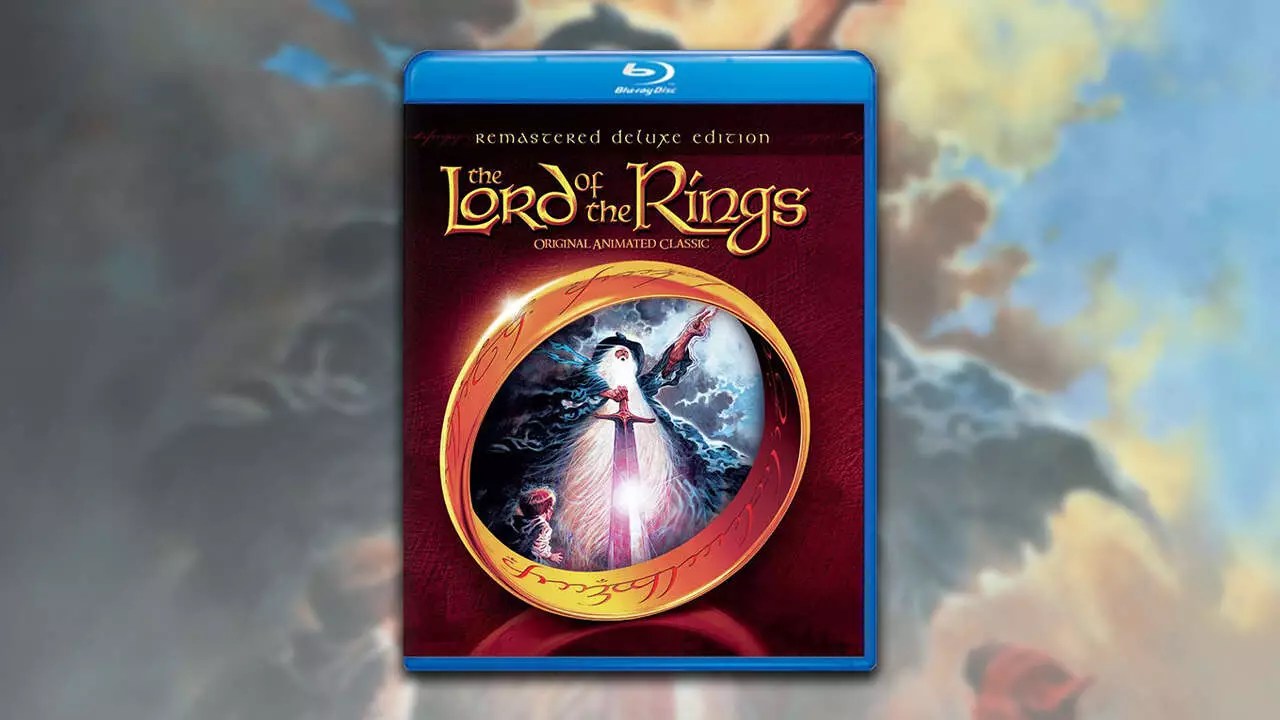Fifteen years have passed since the beloved animated adaptation of “The Lord of the Rings” graced the Blu-ray format, yet its magic feels as potent as ever. The imminent release of the Remastered Deluxe Edition marks a noteworthy moment for both dedicated fans and new viewers. Scheduled for a June 24, 2024 release, this invigorated edition offers a dazzling 1080p resolution that ensures that the rich visual storytelling will resonate on modern widescreen televisions. For only $22.49 on Amazon, this Blu-ray reprint presents a treasure trove of features, most notably a riveting series of interviews with director Ralph Bakshi.
Bakshi’s vision in 1978 set a daring precedent for animated adaptations. Unlike many films that reduce intricate narratives to mere sketches, this version of “The Lord of the Rings” embraced the depth of its source material, albeit with some limitations which initially frustrated ardent Tolkien fans. Nevertheless, it’s astonishing how time has transformed the film into a cult classic, celebrated for its striking artistry and imaginative interpretation of Middle-earth.
Rediscovering Cinematic Brilliance
The technical specifications of the Remastered Deluxe Edition elevate the film’s already impressive animation. The combination of 16 x 9 aspect ratio (1.85:1) and Dolby TrueHD English 5.1 Surround Sound encapsulates the theatrical experience fans have craved. Critics once slammed the adaptation for only covering “The Fellowship of the Ring” and snippets of “The Two Towers,” yet as nostalgia intertwines with newfound appreciation, audiences are beginning to acknowledge the beauty inherent to Bakshi’s approach.
The distinctive style, stemming from a blend of cel animation and rotoscoping, coupled with a carefully crafted narrative, demonstrates an audacity rarely captured in the realm of animated films. Though its execution may have appeared unpolished to some contemporaries, the audacious choices made reflect a fearless dedication to artistic exploration. This animated rendition emerges as a landmark in cinematic experimentation, paving the way for future adaptations of literary marvels.
A Cult Classic Shaped by Controversy
It is fascinating to reflect on how the animated “The Lord of the Rings” has evolved in public perception. When it first hit theaters, its $32 million box office return spoke volumes about its commercial success, especially in light of a modest production cost. Yet, critical reception was far from glowing. Bakshi’s ambitious attempt to depict such a sprawling narrative led to a divisive response, inviting comparisons with his contemporaries and sparking debates that continue to echo through the halls of cinematic history.
Nevertheless, as decades have unfolded, sentiments have shifted. Modern audiences view the film through a lens that appreciates its artistic strides and bold interpretation. While comparisons to the 1993 live-action “Super Mario Bros.” movie highlight an ambitious yet misguided vision, Bakshi’s adaptation ultimately remains more faithful to the spirit of its source material. Peter S. Beagle’s contributions to the screenplay further cement the film’s standing by adding rich, poetic layers to the dialogue.
The Legacy of Animation in Middle-earth
In an era excessively dominated by high-budget CGI and visually stunning live-action narratives, the animated version manages to capture a unique charm that few films can duplicate. It was Peter Jackson’s comments about Bakshi’s influence that particularly emphasize the enduring legacy of this adaptation. For many fans, this animated film serves as a gateway to the grander, more elaborate cinematic experiences that Jackson later created. The absence of sequels to this animated film is particularly disheartening, given its potential to expand on the rich tapestry of Middle-earth.
In the years following, other animated efforts, such as the TV adaptations of “The Hobbit” and “The Return of the King,” were released, albeit with an entirely different approach. While they are charming in their own right, these projects lack the ambitious animation style and the depth of storytelling that Bakshi pursued. These adaptations, despite being aimed at a younger audience, fail to capture the same level of mature engagement, which undoubtedly distinguishes Bakshi’s original from those later productions.
The Future of Animation in Tolkien’s Universe
The recent theatrical release of “The War of the Rohirrim” adds an intriguing new chapter to the legacy of Tolkien adaptations. However, the mixed reviews and forgettable characters reveal a disquieting trend where the animation style may overshadow substantive storytelling. While modern techniques can awe audiences, they must still prioritize narrative and character depth to resonate within the hearts of fans.
As the animated “Lord of the Rings” continues to inspire future projects, one cannot help but crave further exploration into the intricacies of Tolkien’s world. A return to form, such as what we’ve seen with the Remastered Deluxe Edition, projects an optimistic future for animated adaptations, urging creators to take risks that could lead to groundbreaking experiences in the realm of fantasy cinema. The ongoing journey into Middle-earth remains a tantalizing narrative ripe for exploration, offering boundless opportunities for creativity and ingenuity.


Leave a Reply